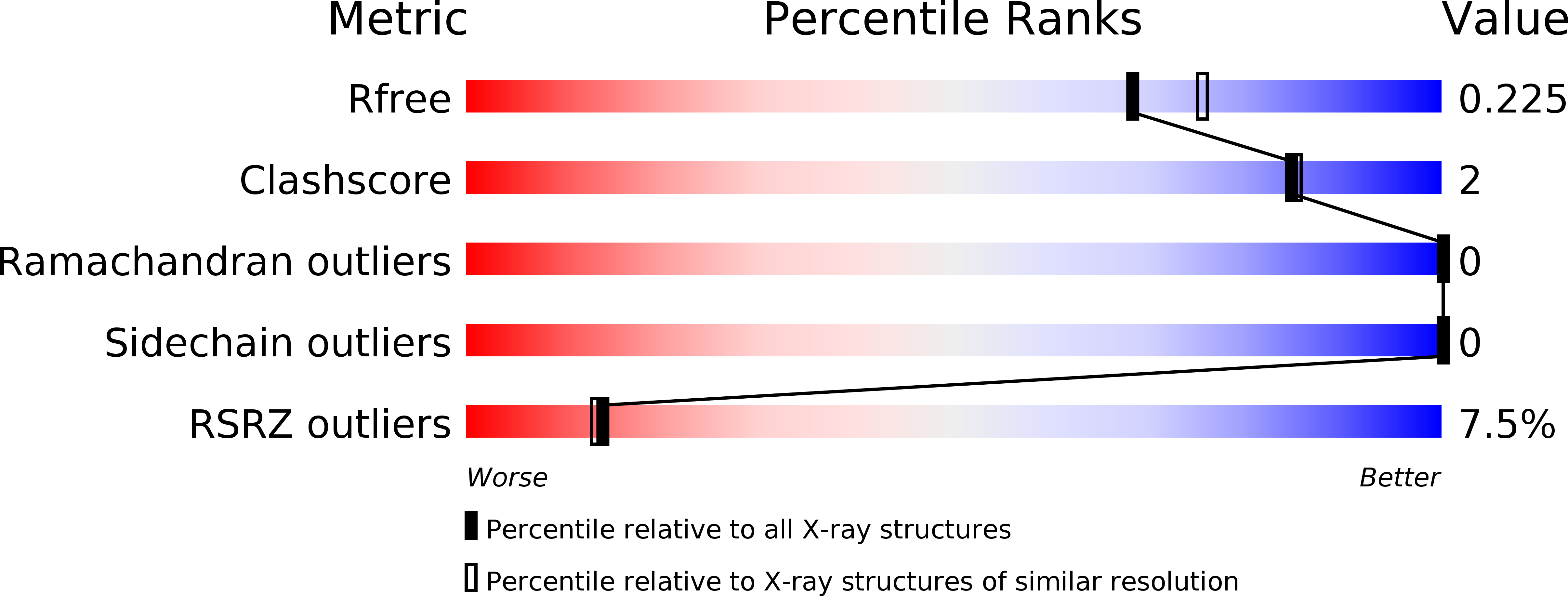
Deposition Date
2018-07-31
Release Date
2018-12-12
Last Version Date
2024-10-16
Method Details:
Experimental Method:
Resolution:
2.03 Å
R-Value Free:
0.22
R-Value Work:
0.20
R-Value Observed:
0.20
Space Group:
P 65


